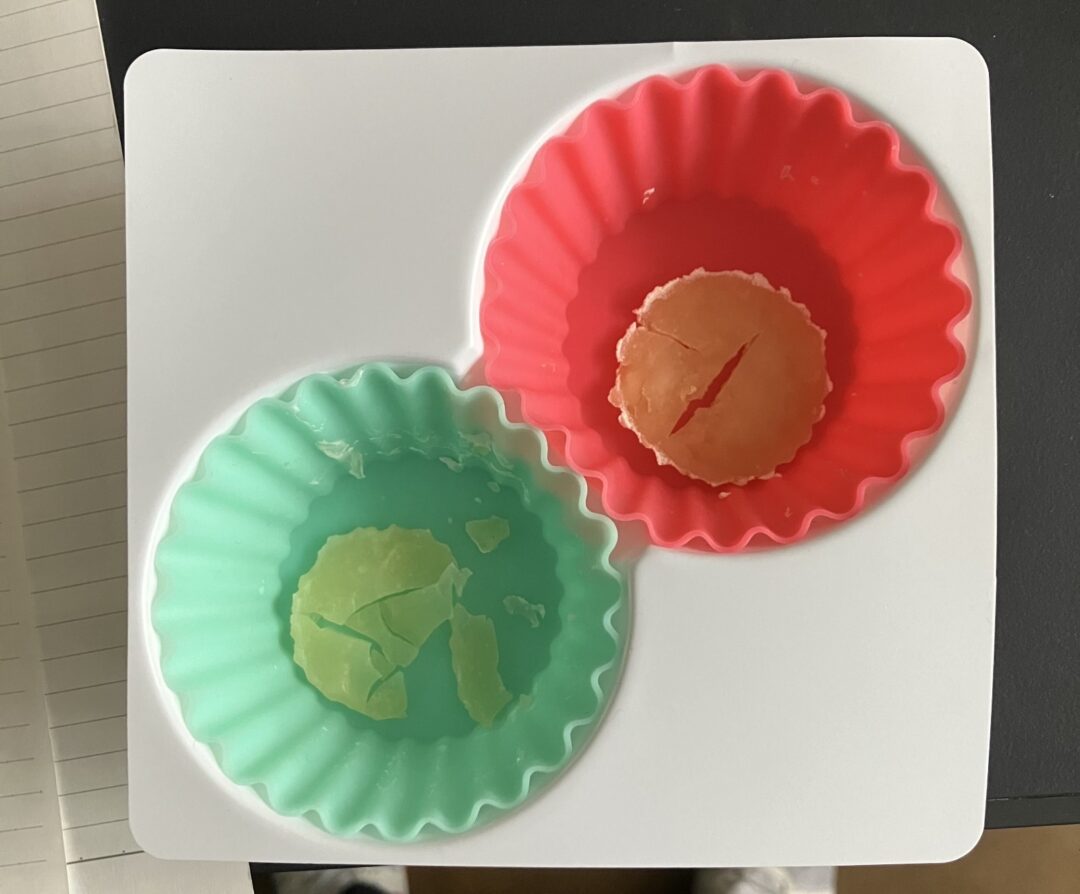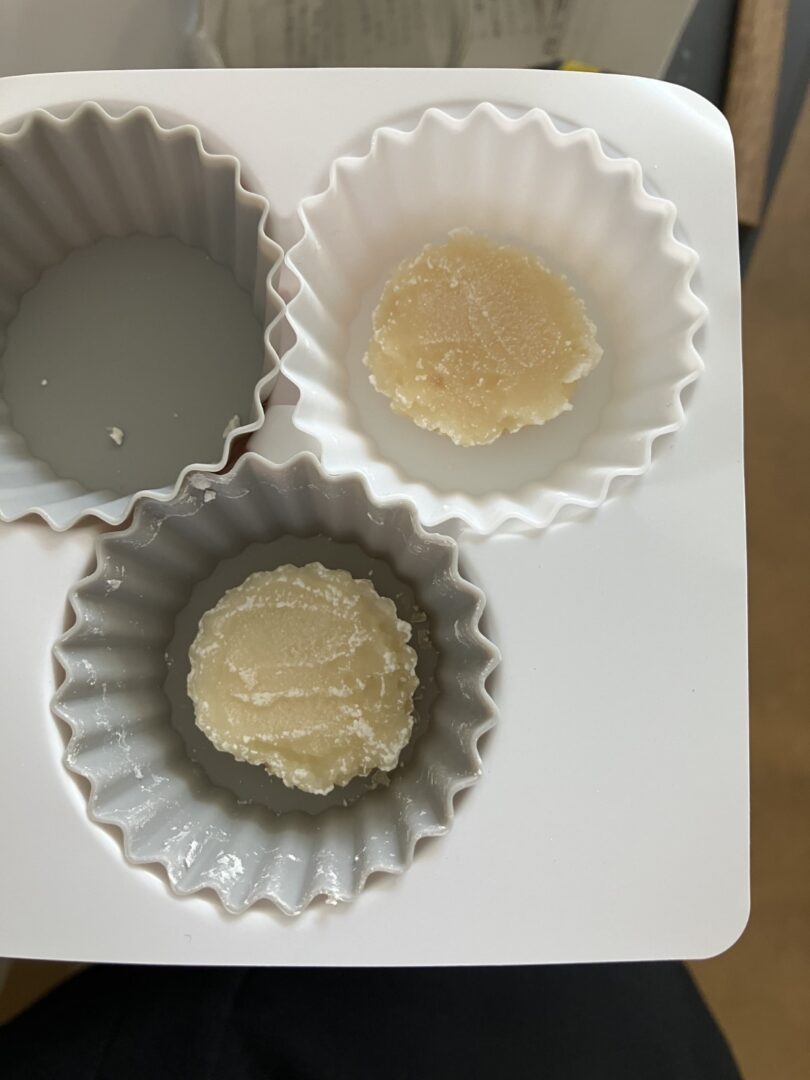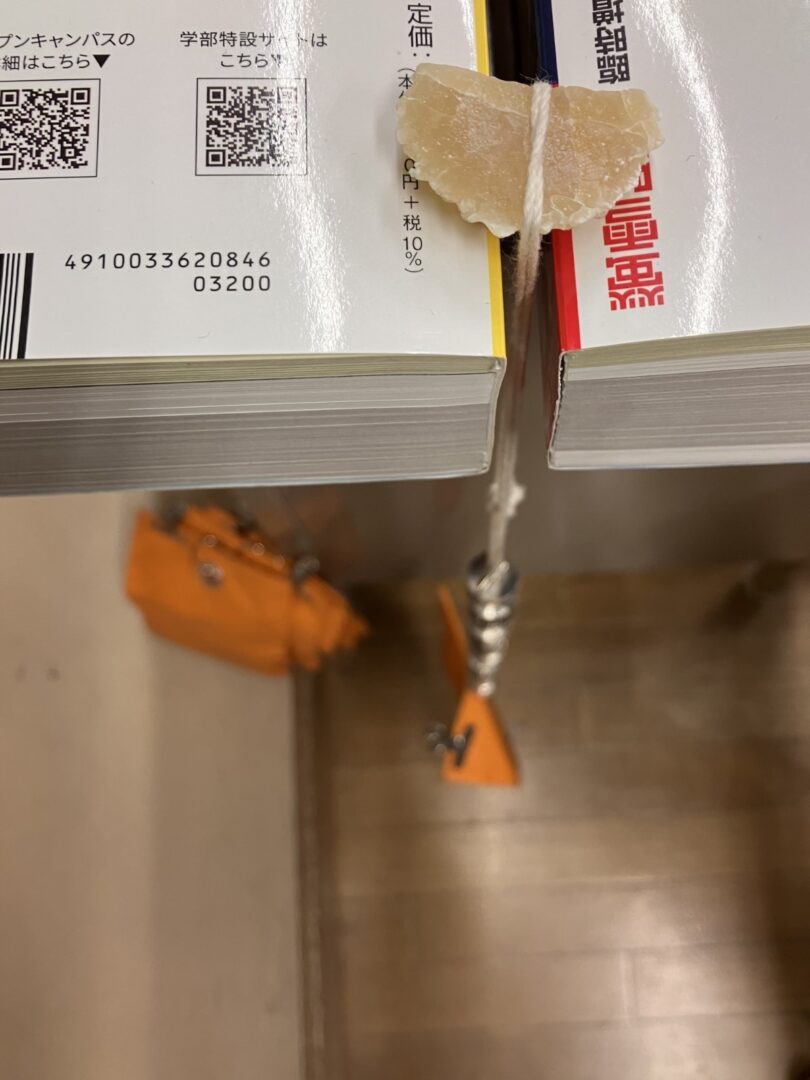Reported by Nagahama Koji Tanabe Rin Yoshikawa Hijiri Yamahata Yuto Mori Keita
(AJYELN Japan Fellows)
Key takeaways
- We created and posted a video titled “Making A: ‘How to Make Casein Plastics'” as part of our activity. This video demonstrates the process of making casein plastics and successfully sparked interest in the topic.
- The activity “Making B: ‘Summary of Our Activities'” provided a fantastic opportunity to showcase our work in AJYELN to a global audience. We produced a detailed video explaining how to make casein plastics and measure their strength, which can serve as valuable research material for others.
- Through the process of sharing our results on social media, we developed our skills in effectively communicating information to the world.
Main highlights
We successfully created casein plastics and measured their strength. Additionally, we produced two videos documenting the experiment’s progress and results, with step-by-step procedures.
A: Making “How to make casein plastics” video
How to make casein plastics
1.Prepare A: skimmed milk solution (skimmed milk 4g + distilled water 35g)
2.Prepare B: acetic acid solution (3 mol/L acetic acid 1.74g + distilled water 8.71g)
3.Heat “A” until the specified temperature.
4.Add “B” into “A”.
5.Wait for precipitation to finish.
6.Desiccate.
7.Wash away with distilled water and desiccate again.
8.Put “7” into silicon cups.
9.Let “8” dry naturally for 2 weeks.
B: Making “Summary of our activity” video


How to measure strength of casein plastics
1. Put a number on each casein plastic.
2. Tie a string around the casein plastic and let them suspend weights by 10 grams, and by 3700 grams each.
3.Set time and measure it.
4. Record the weights of the broken plastics in ascending order, starting with the weakest.

Outcomes
- Result of our experiments
The strength of casein plastics varies with the temperature at which they are heated. We found that casein plastics heated to 70 and 80 degrees Celsius are stronger. Samples No. 1, 2, 5, and 6 remained intact, while samples No. 3, 4, and 7 broke. Samples No. 3 and 7 developed cracks immediately after drying. Additionally, sample No. 8 had an unusually strange shape.
- Creating videos of the experiments:
A: We created the videos after preparing a manuscript and presentation. It was then posted on YouTube. The purpose of video “A” is to teach people around the world how to make casein plastics and generate interest in the topic. We promoted the video twice on Instagram before posting it on YouTube.
B: Similar to video “A,” we prepared a manuscript and a presentation before posting it on YouTube. The purpose of video “B” is to inform people around the world about our activities in AJYELN.
We analyzed video “A” on December 30, 2024, approximately one month after posting it. This report provides a brief summary of the results. Japan accounted for 50.9% of the audience, while 49.1% were from other countries.



